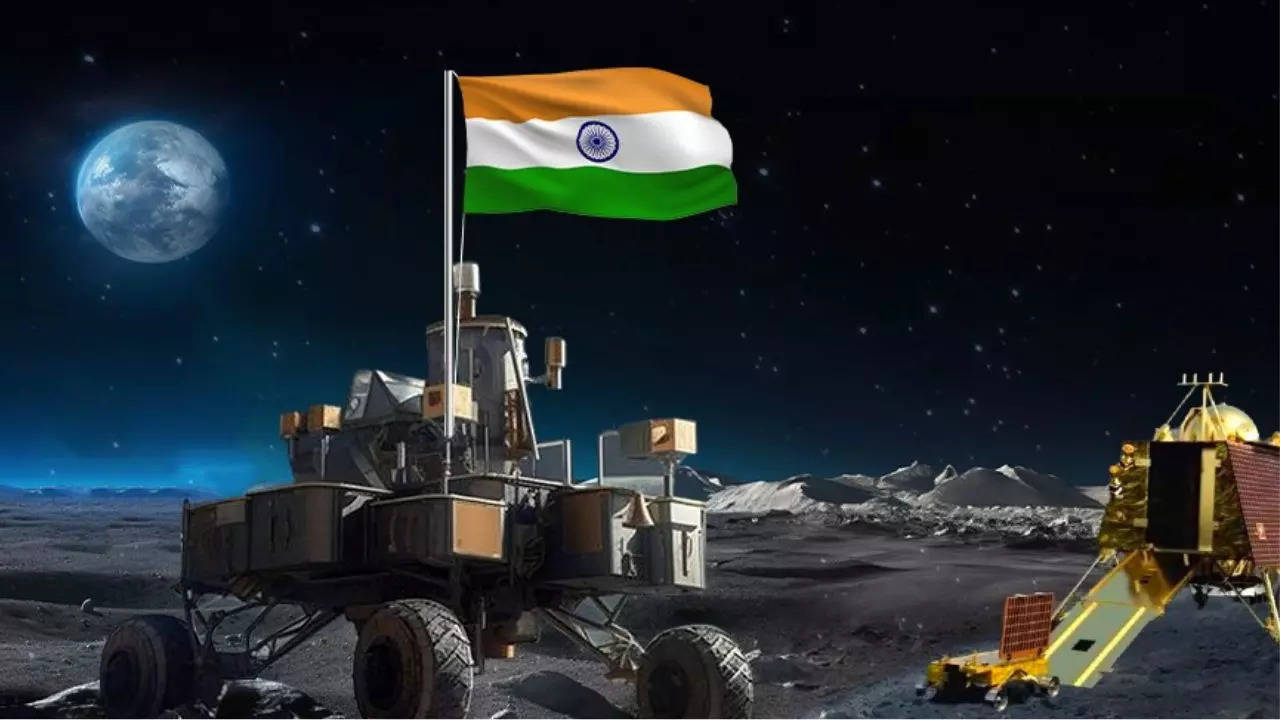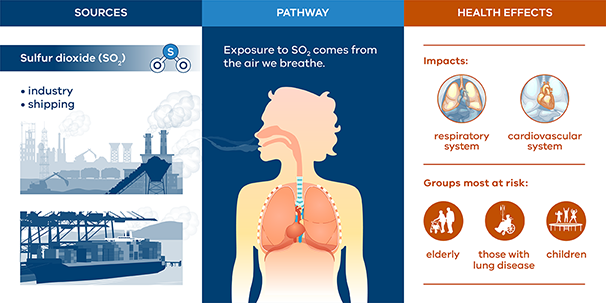M Action Soft:
· About: mActionSoft is a versatile based arrangement, assumes a significant part in catching geo-labeled photographs with GPS organizes for works with resource yields.
Resources go through geo-labeling at three phases: prior to the beginning of work, during the work, and upon finishing.
· This lays out a complete vault of data on different works connected with regular asset the executives, water collecting, sterilization, farming, and that's just the beginning.
Features:
· Geo-Tagging: Panchayats geotag resources made under finance commission assets with photos, guaranteeing straightforwardness and responsibility.
· The resources geo-labeled utilizing mActionSoft consistently coordinate with Gram Manchitra, enhancing the perception of formative works in Gram Panchayats.
· Geographic Data Framework: An innovation catches, makes due, investigations, and presents topographical or spatial information.
· It permits clients to envision, decipher, and comprehend information by connecting it to areas on the World's surface.
· GIS joins different layers of data like guides, satellite symbolism, and information tables to make intuitive guides and models.
· It is utilized in assorted fields like metropolitan preparation, ecological examination, regular asset the executives, crisis reaction, and that's only the tip of the iceberg, helping with navigation and critical thinking connected with spatial data.
· Geotagging: It is the method involved with adding geological distinguishing proof to different media, for example, photographs, recordings, sites, or different archives.
· It includes appending metadata, as rule GPS directions to these records, giving explicit area data about where the media was made or caught.
· This empowers clients to pinpoint the specific geographic area related with the substance, working with association, search, and planning of information in view of its area.
AMRIT TECHNOLOGY
· The ministry of Jal Shakti has revealed insight into the advancement of the Jal Jeevan Mission and the Arsenic and Metal Evacuation by Indian Innovation (AMRIT).
What is AMRIT Innovation?
· The innovation was created by the Indian Organization of Innovation (IIT) - Madras. It is intended for the expulsion of arsenic and metal particles from water, tending to water quality issues.
· The innovation uses nano-scale iron oxy-hydroxide, which specifically eliminates arsenic when water goes through it.
· AMRIT is appropriate for both homegrown and local area level water filtration.
· The innovation lines up with the more extensive objectives of the Jal Jeevan Mission, which means to give protected and consumable faucet water to provincial families in India.
· The innovation has been suggested by the 'Standing Council' of the Branch of Drinking Water and Disinfection for thought in tending to water and sterilization challenges.
Note
· Arsenic is a characteristic part of the world's outside and is broadly circulated all through the climate in the air, water and land. It is profoundly harmful in its inorganic structure.
· Long haul openness to arsenic from drinking water and food can cause disease and skin injuries. Ongoing harming of arsenic can cause Blackfoot illness (BFD), which influences the veins in the lower appendages.
What is the Jal Jeevan Mission?
About:
· Jal Jeevan Mission, sent off in 2019, is imagined to give protected and sufficient drinking water through individual family tap associations by 2024 to all families in country India by Practical Improvement Objective 6 (Clean Water and Sterilization for all).
· It imagines an inventory of 55 liters of water for each individual each day to each provincial family through Useful Family Tap Associations (FHTC) by 2024.
· The Public authority of India likewise sent off the Jal Jeevan Mission (Metropolitan) which has been intended to give general inclusion of water supply through utilitarian taps in every one of the 4,378 legal towns of India.
CHANDRAYAAN 3

· Researchers effectively brought the Impetus Module (PM) of the Chandrayaan-3 mission, which brought the Vikram lander inside 100 km of the Moon's surface prior to disengaging.
· This memorable occasion included a controlled plunge to the lunar surface and an effective re-visitation of Earth circle.
What is Mission Chandrayan?
· India has sent off a sum of three Chandrayaan Missions i.e., Chandrayan-1, Chandrayaan-2 and Chandrayan-3.
Chandrayaan-1:
· India's most memorable mission to the Moon was Chandrayaan-1 sent off effectively in 2008. Orbitting the Moon and mention objective facts with instruments on board was planned.
Key Discoveries of Chandrayaan-1:
· Affirmed presence of lunar water.
· Proof of lunar caverns framed by an old lunar magma stream.
· Past structural action was viewed as on the lunar surface.
· The shortcomings and cracks found could be highlights of past inside structural movement combined with shooting star influences.
Chandrayan-2:
· Chandrayaan-2 is a coordinated 3-in-1 rocket comprising of an orbiter of the Moon, Vikram (after Vikram Sarabhai) the lander and Pragyan (astuteness) the wanderer, all outfitted with logical instruments to concentrate on the moon.
· Launched: 22th July 2019
· Lander Vikram: It stays fixed in the wake of landing, and chiefly concentrates on the moon's climate and seismic movement.
· Meanderer Pragyan: The Wanderer, a six-wheeled sun oriented fueled vehicle, isolates itself and gradually creeps on a superficial level, mentioning objective facts and gathering information.
· Chandrayaan-2's lander had crashed, or made a hard arriving, on the Moon's surface due to its high speed.
· In any case, its orbiter is working well overall and this will speak with Chandrayaan-3 lander.
Chandrayaan-3:
· It was India's third lunar mission and second effort to accomplish a delicate arriving on the moon's surface.
· Launched: July 14, 2023.
Objectives:
· To exhibit Protected and Delicate Arriving on Lunar Surface
· To exhibit Meanderer wandering on the moon
· To direct In-situ logical analyses.
· It comprises of a native Lander module (LM), Drive module (PM) and a Meanderer with a goal of creating and exhibiting new innovations expected for Interplanetary missions.
What is the Chandrayaan-3 Drive Module?
· Chandrayaan-3: It used a lightweight Impetus Module for the lander's excursion to the Moon rather than a total orbiter.
· SpectroPolarimetry of Tenable Planet Earth (SHAPE): The Chandrayaan-3 impetus module conveyed a solitary instrument called SHAPE.
· It was an exploratory payload intended to concentrate on Earth's attributes that make it livable, meaning to recognize tenable exoplanets.
· Pragyaan Meanderer: The drive module isolated from the lander, which conveyed the Pragyaan meanderer. It was expected to circle the Moon for six extra months, with SHAPE noticing Earth.
